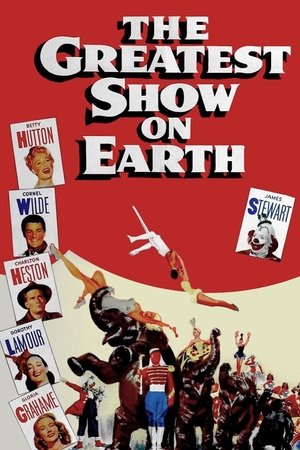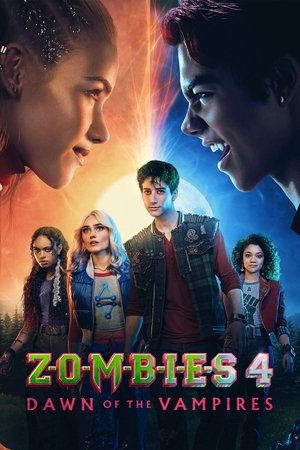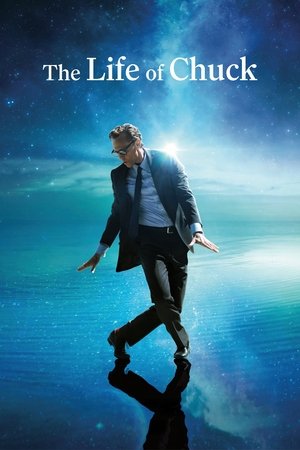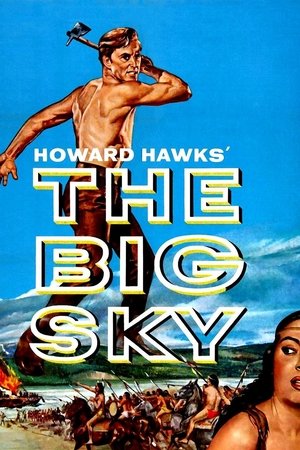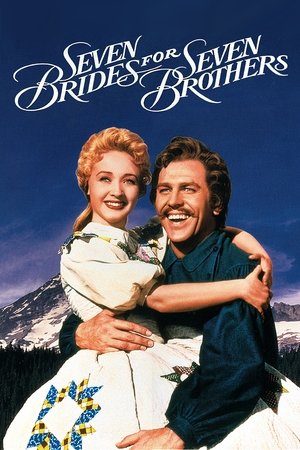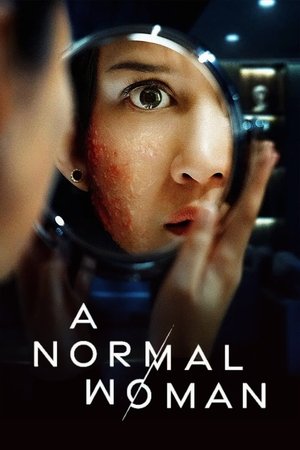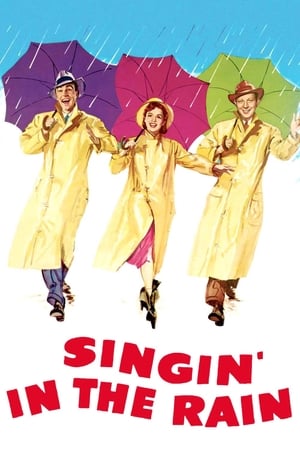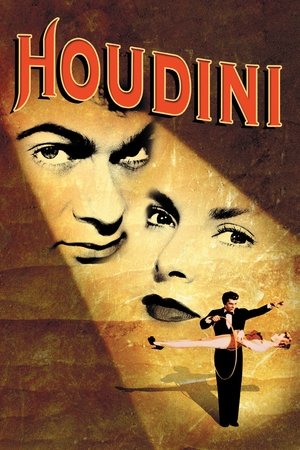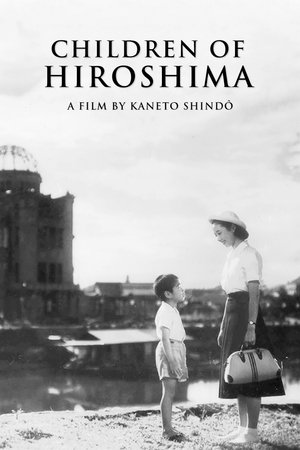The Greatest Show on Earth (1952)

| Director | Cecil B. DeMille |
| Cast | Angelo Rossitto, Antoinette Concello, Arthur Q. Bryan, Bess Flowers, Betty Hutton |
| Year | 1952 |
| Country | USA |
| Genres | Drama, Romance |
| Duration | 152 min |
| Release | 16 Feb 1952 |
| Language | English |
| Revenue | $36,000,000 |
| Trailer | Watch Trailer |
Synopsis
To ensure a full profitable season, circus manager Brad Braden engages The Great Sebastian, though this moves his girlfriend Holly from her hard-won center trapeze spot. Holly and Sebastian begin a dangerous one-upmanship duel in the ring, while he pursues her on the ground.
Released in 1952, “The Greatest Show on Earth” is a cinematic spectacle that captures the magic and drama of a travelling circus. Directed by the legendary Cecil B. DeMille, this film takes audiences behind the scenes of the circus world, offering a blend of romance, competition, and human drama set against the backdrop of the big top. The film’s grand scale and intricate storytelling earned it a place in cinema history, and it remains a classic for both film aficionados and casual viewers alike.
The narrative centres around Brad Braden, the dedicated circus manager portrayed by Charlton Heston. Brad is committed to ensuring a successful season for the circus, which leads him to make a strategic decision. He hires The Great Sebastian, an iconic trapeze artist played by Cornel Wilde, to boost the show’s profitability and draw in larger crowds. This decision, however, comes with personal consequences. Brad’s girlfriend, Holly, played by Betty Hutton, finds herself displaced from her coveted centre trapeze position due to Sebastian’s arrival. Holly and Sebastian quickly become entangled in a dangerous rivalry, pushing each other to perform increasingly daring feats in the ring. Off the ropes, Sebastian is equally daring, pursuing Holly with a relentless charm that adds a new layer of tension to their relationship.
One of the film’s most compelling elements is how it portrays the circus as a microcosm of society, with its intricate web of relationships, rivalries, and ambitions. The circus performers, each with their own unique talents and stories, create a vibrant tapestry that reflects the kaleidoscope of human emotion and experience. This dynamic is brought to life by a talented ensemble cast, including James Stewart as Buttons the Clown, who harbours a mysterious and poignant secret, and Gloria Grahame as Angel, whose romantic entanglements add another layer of intrigue.
The film’s depiction of the circus is both grand and intimate, capturing the scale of the performances while also delving into the personal dramas of its characters. DeMille’s direction ensures that every scene is infused with a sense of spectacle, whether it’s the breathtaking aerial sequences or the quieter moments of introspection and emotional conflict. The visual splendour of the circus is matched by the film’s rich character development and intricate plot, making it a compelling watch from start to finish.
In terms of its reception, “The Greatest Show on Earth” was a major success upon its release, winning the Academy Award for Best Picture in 1953. It holds a respectable rating on IMDb, reflecting its enduring appeal and the impact it had at the time. The film’s ability to blend drama, romance, and action within the context of the circus world is a testament to DeMille’s directorial vision and the strong performances of its cast.
For those interested in exploring more about this classic, you can find detailed information and insights at The Greatest Show on Earth (1952) This resource offers a deeper dive into the film’s production, its cast, and its significance in the broader context of cinema history.
“The Greatest Show on Earth” is more than just a film about the circus. It’s a narrative that explores themes of ambition, love, and sacrifice, all set against the vibrant and unpredictable world of circus life. It invites viewers to step into the ring, to experience the highs and lows of its characters, and to be swept away by the spectacle of it all. The film remains a testament to the power of cinema to transport audiences to new worlds and to tell stories that resonate across generations. Whether you’re a fan of classic films or new to the genre, “The Greatest Show on Earth” offers a captivating glimpse into a bygone era of entertainment and cinematic storytelling.

